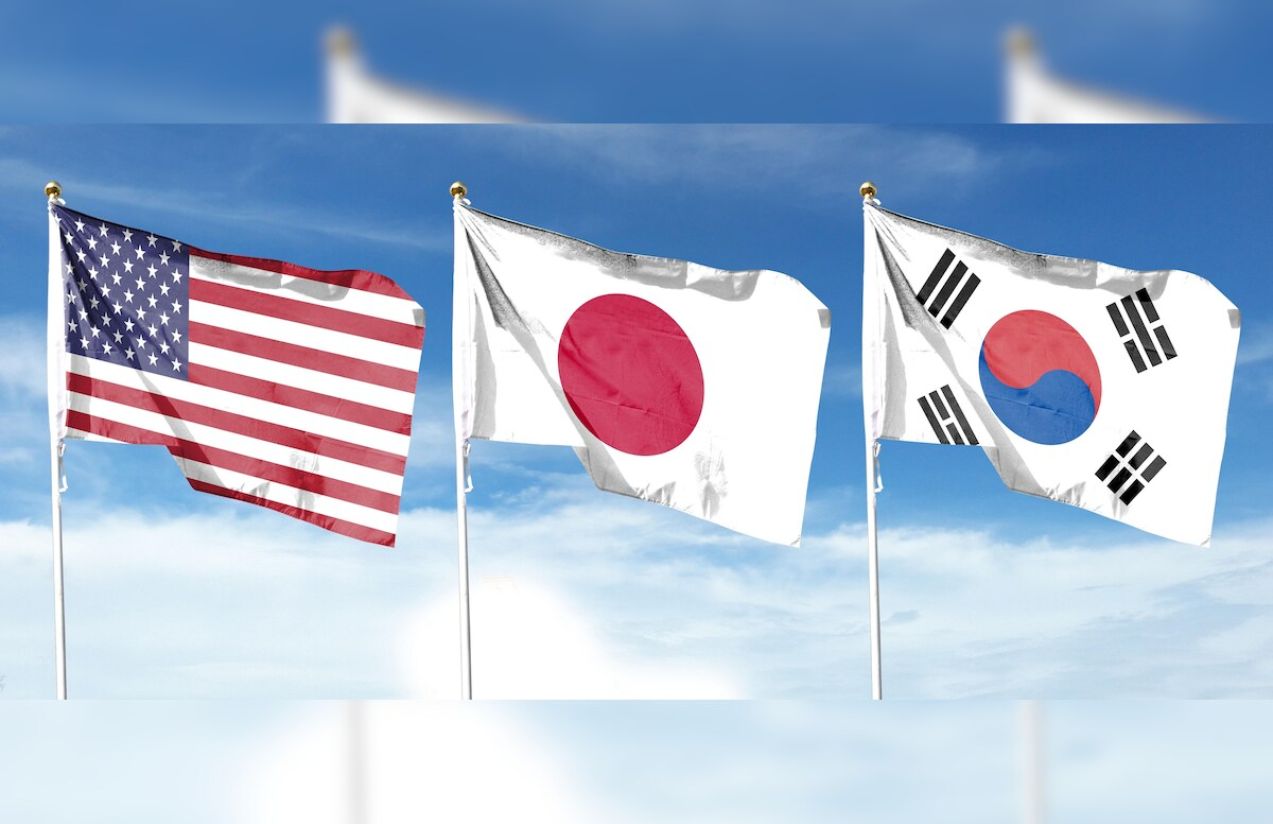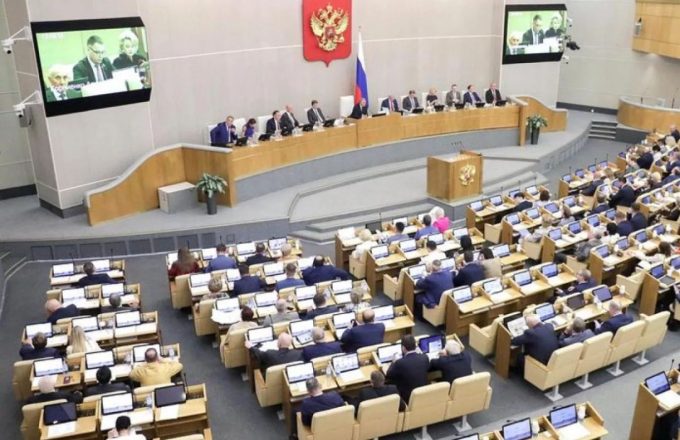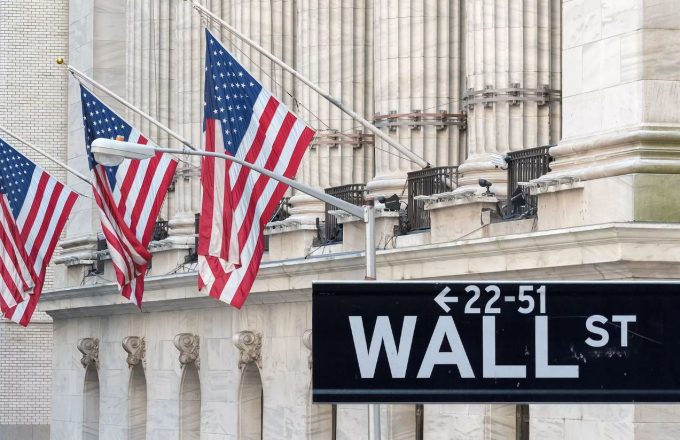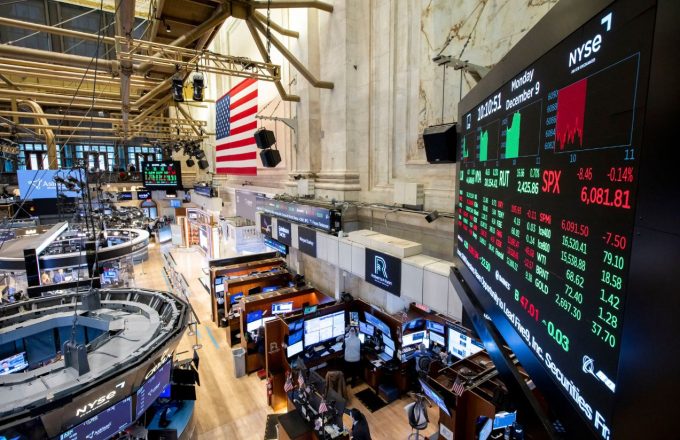President Donald Trump announced on Monday a new 25% tariff on imports from Japan and South Korea, two of the United States’ key allies in Asia. The move, he said, is aimed at correcting persistent trade imbalances with both countries.
The tariffs, set to take effect on August 1, were communicated through letters posted on Truth Social and addressed to Japanese Prime Minister Shigeru Ishiba and South Korean President Lee Jae-myung. In them, Trump issued a clear warning: any retaliation in the form of increased import duties on U.S. goods would trigger even steeper tariffs.
“If you choose to raise your tariffs for any reason, whatever number you select will be added to the 25% we are already charging,” Trump wrote, underscoring his readiness to escalate the trade measures further.
The letters represent the latest chapter in Trump’s ongoing trade crusade, one that has made him a central — and controversial — figure in the global economic arena. His unpredictable policies have sparked concerns about a potential economic slowdown or even a recession. Still, Trump insists the tariffs are essential to reviving American manufacturing and funding the tax cuts he signed into law last week.
Markets responded nervously to the announcement. The S&P 500 index dropped nearly 1% in Monday afternoon trading, while the yield on 10-year U.S. Treasury bonds rose to 4.39%, a rate that could translate into higher mortgage and auto loan costs.
Trump invoked a “national economic emergency” to justify imposing the tariffs unilaterally, framing them as remedies for years of trade deficits. Yet it’s unclear what strategic gain he achieves by targeting two key regional partners, especially as he positions the U.S. to counterbalance China’s economic clout.
“These tariffs can be adjusted, up or down, depending on our relationship going forward,” Trump added in the letters, suggesting negotiations remain on the table.
The announcement opens a roughly three-week window for what could be tense trade talks. Trump had previously stirred financial markets by proposing tariffs of 24% on Japanese imports and 25% on South Korean goods, before easing those to a baseline rate of 10% during an initial 90-day negotiation period.
That technical deadline ends this week, but administration officials and Trump himself have suggested that the three weeks leading up to August 1 will serve as an informal extension to allow further negotiations.
According to White House officials, tariff revenues will be used to offset the cost of the tax cuts signed on July 4 — a move critics warn could shift the fiscal burden onto the middle and lower classes, as importers are likely to pass on higher costs to consumers. Trump has urged major retailers like Walmart to “absorb” the increases instead of raising prices in ways that could fuel inflation.
Trump had vowed to deliver “90 deals in 90 days” as part of his trade offensive, but so far, only two frameworks have emerged: one with Vietnam — designed to block China from routing exports through that country — and another with the United Kingdom, which grants exemptions on tariffs for steel, aluminum, and automobiles. Most other British goods would still face a 10% tariff.
According to U.S. Census Bureau data, the U.S. recorded a $69.4 billion trade deficit with Japan in 2024, and a $66 billion deficit with South Korea.
Under the terms laid out in Trump’s letters, automobiles will be subject to a global 25% tariff, while steel and aluminum imports will be taxed at 50%. The broader 25% tariff on Japan and South Korea will apply to all other goods not already covered by specific sectoral duties.




















